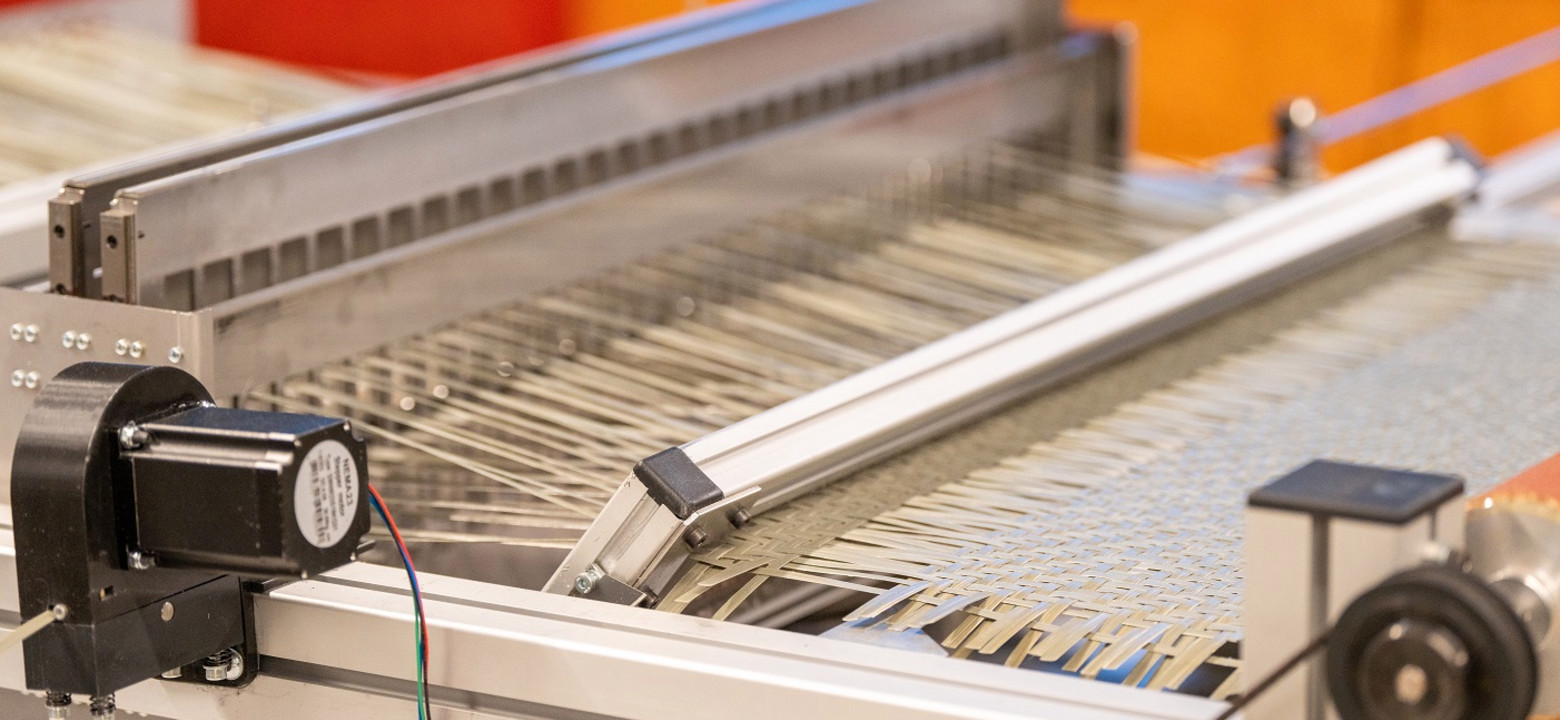Process technology
The need for cost-effective thermoplastic composites is growing rapidly, especially now that weight savings are becoming increasingly important due to stricter CO2 emission policies. New and existing production processes are therefore constantly being investigated, in order to reduce the total amount of material and costs, improve mechanical performance and even increase processing speeds.
Key themes
This line of research examines the properties of thermoplastic composite material during processing. How can we adapt processes in such a way that we can push the boundaries of design freedom and material properties? It is very important to include this knowledge in the design process for an optimal lightweight design.
Research is carried out into how existing machines and processes can be used to process state-of-the-art thermoplastic composite material on an industrial scale. Adjustments to processes are made where necessary in order to achieve lightweight solutions in a cost-effective way.
A good understanding of material properties is essential in achieving good design. Extensive process simulations are carried out by the research group to predict these properties. Mechanical tests are also carried out to investigate the relationship between theory and practice.
The Lightweight Structures/TPAC Research Group is involved in developing new machines and making adjustments to existing ones to ensure the processing of thermoplastic composite material can be done as smoothly and efficiently as possible. In addition, new production methods are being developed, such as the 3D printing of fibre-reinforced composite on an industrial scale.
